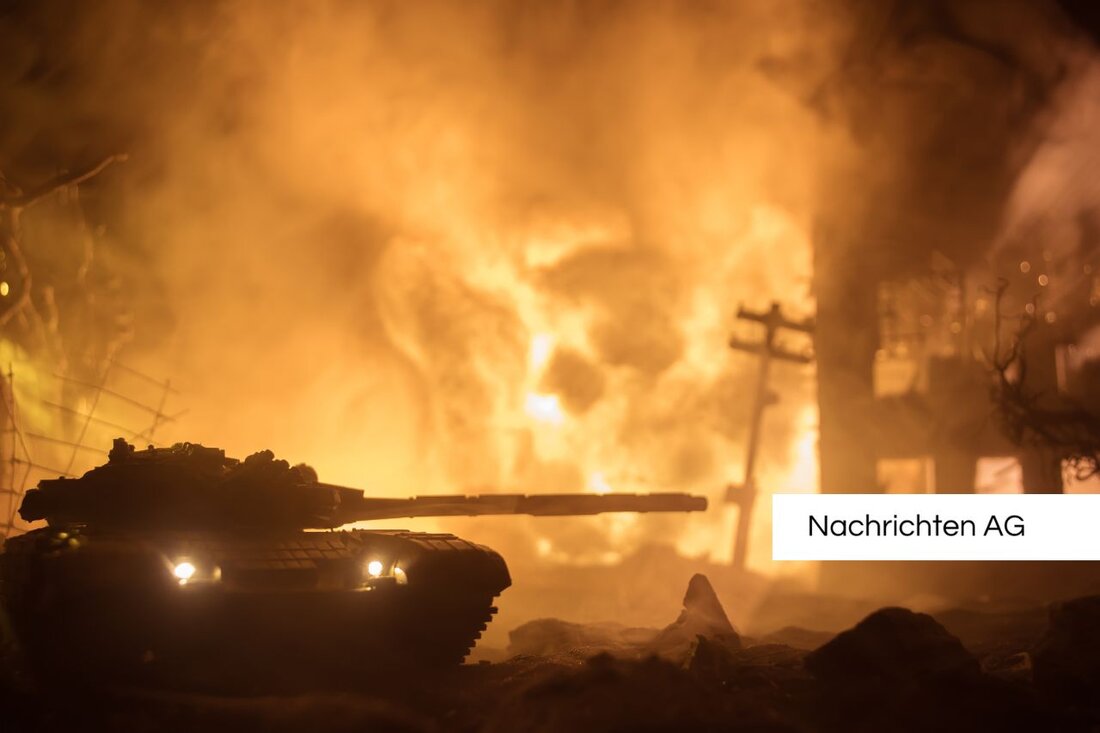The Colossus of Prora: Historical building shocks and fascinates!
Discover the history of the Colossus of Prora on Rügen: construction, use and the current discussion about the architectural monument.

The Colossus of Prora: Historical building shocks and fascinates!
Anyone who visits the picturesque Baltic Sea island of Rügen cannot miss an impressive building: the “Colossus of Prora”. This historic resort stretches over four and a half kilometers and consists of eight identical blocks. What was once intended as a resort for 20,000 German workers is now a controversial relic from the Nazi era. The foundation stone was laid on May 2, 1936, but World War II put the Nazis' ambitious plans on hold. Moin.de reports that the complex was originally designed by the Nazi organization “Strength through Joy” (KdF) as the “seaside resort of the 20,000”. The architect Clemens Klotz designed the building, which was awarded the Grand Prix at the World Exhibition in Paris in 1937.
The noble plans for Prora called for around 10,000 rooms, all with sea views, and an investment of an impressive 237 million Reichsmarks, which would be equivalent to around 850 million euros today. NDR reveals that the shell was completed in 1939, but could never be used for its original purpose. Instead, the facility was used as a training facility and hospital during the war.
A memorial to history
The result of the chaos of war was the partial loss of the structure. In 1945 the Red Army blew up parts of the northern wing of the facility. After the war, Prora was used by the Soviet Union to intern displaced people and later as a military base for the GDR's National People's Army (NVA), which used the facility until reunification in 1990. In 1994, Prora finally received monument protection and gradually transformed into a place of remembrance, with a museum mile that presents various exhibitions on Nazi and GDR history.
The last few years have been characterized by a mixture of historical appreciation and economic steps for the Prora colossus. The sale and renovation of parts of the buildings began in 2004, including modern apartments and a hotel. But not everything is going smoothly: the Prora Center, which dealt with the history of National Socialism, filed for bankruptcy in 2024. Despite these challenges, Prora is attracting more and more tourists looking for a combination of history and modern comfort. Some of the apartments reach prices of up to 6,500 euros per square meter. Wikipedia adds that early Nazi architecture was often characterized by monumentality and aspiration to power, and Prora is a notable example of this.
Divided opinions
The relevance of the colossus is hotly debated on social media. Aktuelle Bilder sorgen in der Facebook-Gruppe „Welcome to Germany“ für rege Debatten, wobei insbesondere US-Bürger schockiert auf das Bauwerk reagieren und negative Kommentare hinterlassen. On the other hand, some Germans and Rügen residents defend the complex and emphasize the creation of beautiful holiday apartments. Whether the story of the colossus is perceived as disturbing or fascinating remains a matter of opinion.
In any case, Prora remains a memorial for generations young and old, a thought-provoking place that represents a wild mix of past, heritage and present aspirations.

 Suche
Suche
 Mein Konto
Mein Konto